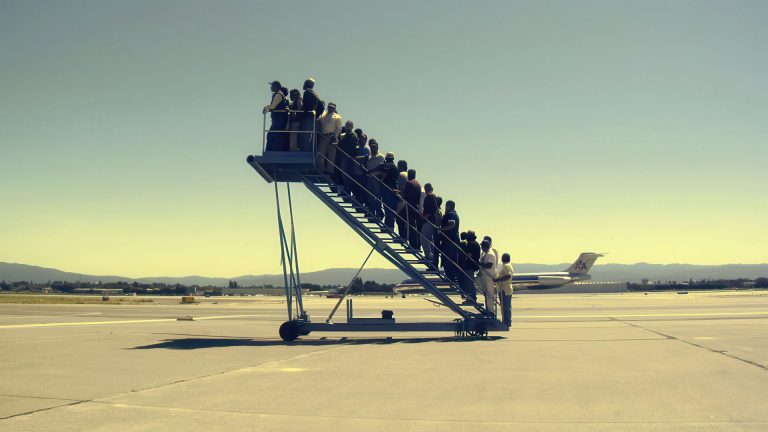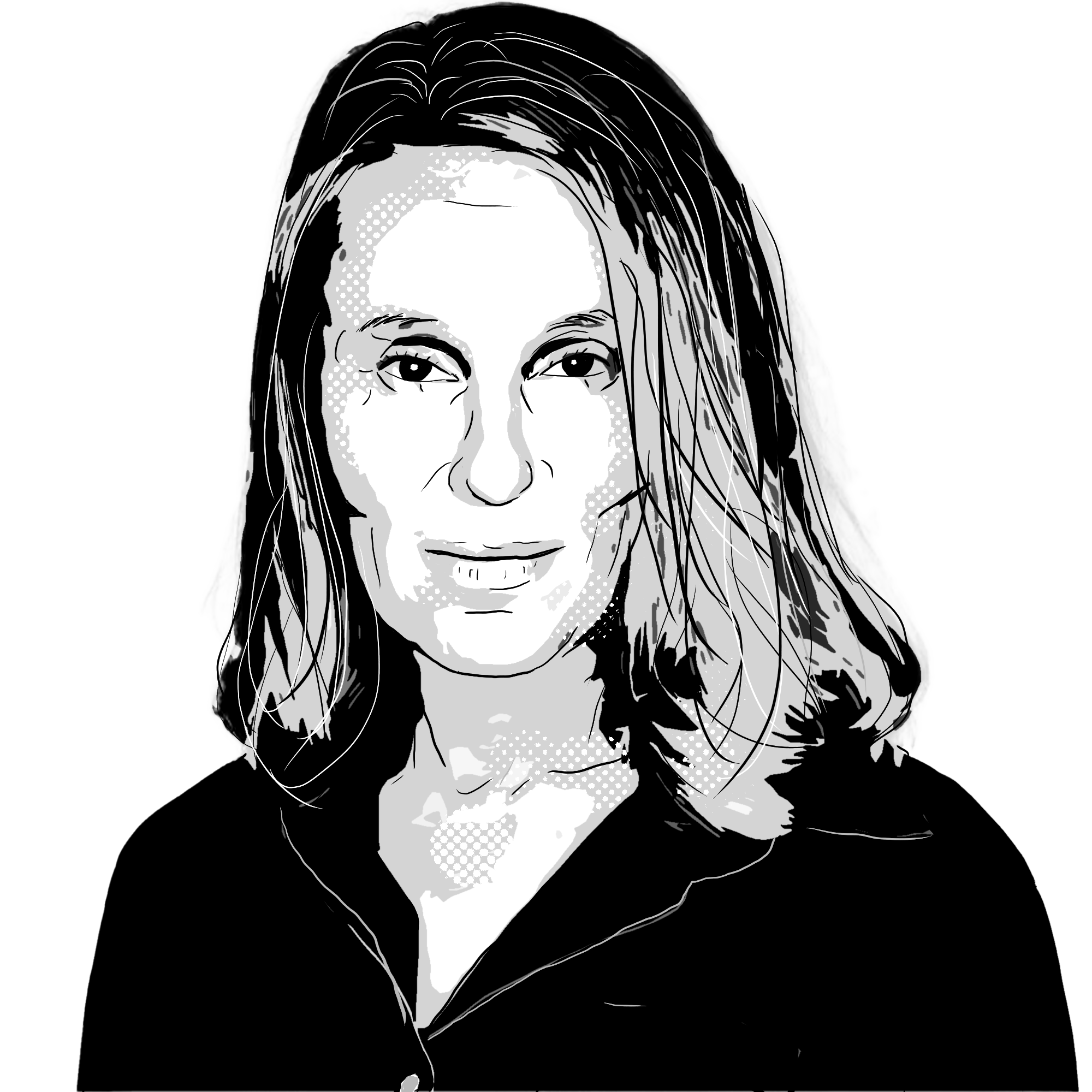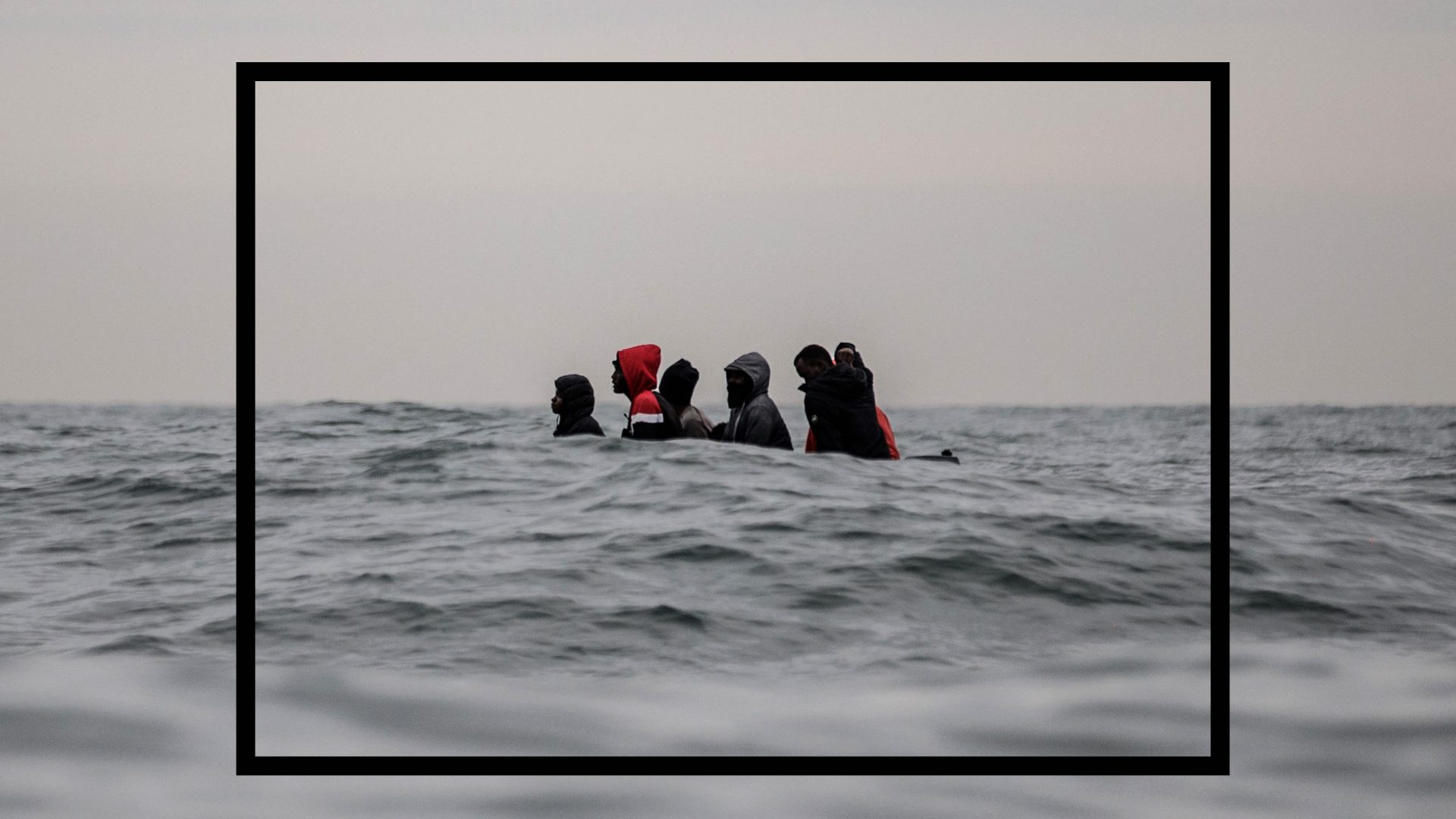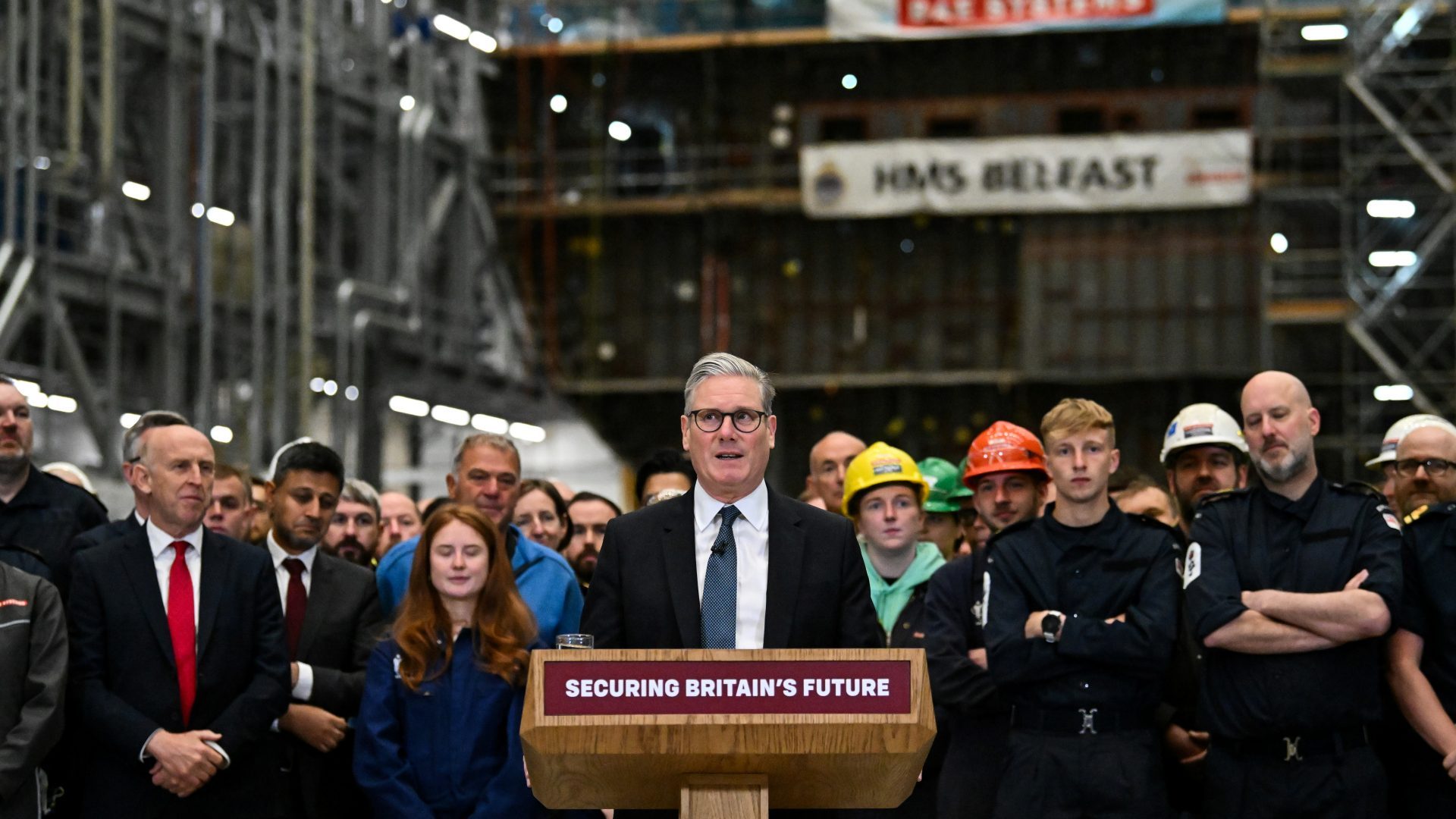The English Channel is a short but deadly stretch of sea for asylum seekers looking to make the crossing on dinghies and kayaks; last year, 73 people died attempting to make the crossing. So it’s right that successive governments have committed to try and reduce the number of crossings. But the human trafficking trade is in truth incredibly difficult to shut down, as the EU has found over successive years in relation to Mediterranean crossings; measures aimed at shutting down the people smugglers often just end up pushing asylum seekers towards even more dangerous routes and vessels.
In principle, the so-called one-in, one-out scheme the government has negotiated with France could work as a deterrent measure. Under the terms of the scheme, the UK will return a number of asylum seekers who cross the channel, and will take the equivalent number of asylum seekers from France.
It’s a huge improvement on the Conservatives’ Rwanda scheme, under which a tiny proportion of asylum seekers arriving from the Channel would have been deported to Rwanda in order to apply for asylum there, a scheme ruled unlawful by the Supreme Court due to concerns Rwanda was unsafe, and subsequently scrapped by Keir Starmer. It’s not a case of the UK trying to resile from its international responsibilities by bribing a third country with a questionable human rights record to accept asylum seekers from the UK, but instead seems a genuine attempt to try and discourage asylum seekers from making a dangerous crossing.
The problem is that in order to have any kind of deterrent effect, most experts think it would need to return a very large proportion of asylum seekers to France, certainly a majority. But the suggestion so far seems to be that it will apply to around 350 asylum seekers in the first year, a small fraction of the 45,000 or so asylum seekers who arrived by small boats in the year up until July 2025.
It’s worth putting the UK’s asylum “problem” into global context. Under international law, anyone has the right to apply for refugee status having reached another country if they have a “well-founded fear of being persecuted for reasons of race, religion, nationality, membership of a particular social group, or political opinion.”
Language and culture make the UK a desirable safe destination, but it is also harder to reach than other parts of Europe, and that is reflected in the number of asylum applications. So while the number of asylum seekers was at its highest ever in 2024 at around 108,000, it is also much lower than for many other European countries; the UK would come 17th in the EU for asylum applications per population head, far behind countries like Greece, Germany, Austria and Switzerland.
Even the EU’s global contribution to asylum is dwarfed by that of low- and middle-income countries, which between them host 73% of the world’s refugee population, with 67% of refugees living in countries that neighbour their home countries. A relatively small proportion of the world’s refugees set out to reach Europe, and an even smaller proportion of those to reach the UK.
Yet asylum policy has unquestionably risen up the political agenda, for a number of reasons. The first is the visibility of the small boat crossings which now account for around a third of all asylum claims; a relatively new phenomenon that has occurred mostly since 2018, partly as a result of increased enforcement of other irregular routes, such as lorry smuggling, creating strong visual images in news reports that risk the impression the UK is not in control of its own border.
Extraordinarily, 47% of the public today think more migrants are in the UK illegally than legally, and just 33% think there are more here legally than legally, despite the fact that there are many, many more legal than irregular immigrants.
The second is that years of Conservative policy have acted to undermine the efficiency of the asylum system, creating huge backlogs and necessitating vast sums to be spent on hotel accommodation for the asylum seekers left stuck in limbo. In 2019, nearly nine in ten asylum applications received an initial decision within six months; by March 2023 this had plummeted to fewer than one in five, and 83% of asylum applications made in 2018 were still awaiting a decision.
Suggested Reading


Rotterdam’s moving museum of migration
Then the government introduced new legislation that prevented anyone who arrived through irregular means from claiming asylum in the UK; instead they were detained indefinitely. The Labour government started to process these frozen claims after its election last year.
This is why the cost of the asylum system has spiralled more than twentyfold, from just £450m in 2014 to almost £5.4bn in 2024. Most people in the asylum system are successful in their applications for refugee status; all this backlog achieves is trapping them for years at a time, unable to work, often in very poor accommodation, on a subsistence allowance far below the poverty line, for years at a time, only to be turfed out of their accommodation at very little notice if their application is successful, contributing to high rates of homelessness.
It’s a system that fails both taxpayers, and the many asylum seekers with legitimate claims. Brexit also meant that the government could not return asylum seekers to their EU country of arrival under the Dublin Convention, further compounding the problem.
Finally, Reform has sought to undermine public support for the refugee system, building off the visibility of small boat crossings and the increasing use of hotels to house asylum seekers. Most recently and worryingly, Nigel Farage has sought to associate asylum seekers with higher rates of criminality, using misleading statistics.
It’s a toxic brew, and save for a handful of charities and campaigners it appears very few are willing to make a proactive case for international law on refugee and humanitarian protection, which feels under strain like never before. The 1951 Refugee Convention came out of the wake of the second world war, and has been subject to criticism; the fact that refugees need to physically journey to another country to apply for refuge means that the most vulnerable may be the least likely to end up being granted asylum.
In the UK, three-quarters of those granted refugee status are men, for example, though some apply to bring their partners to join them through family reunion, which reduces the overall proportion of men to two-thirds. But the Refugee Convention is not primarily a needs-based system; it is instead better viewed as a system for countries to manage irregular population flows as people flee conflict and human rights abuses in a way that ensures they are not returned to countries where they will be in danger.
For the UK, host to nowhere close to the numbers of refugees of less affluent countries in other parts of the world, the most urgent priority must be reducing the backlog of applications, which has vastly pushed up the costs of the system, undermining its legitimacy.
Labour ministers have at least made a start in speeding up the system. Given most asylum seekers have legitimate claims, there should also be an emphasis on helping future refugees settle and integrate, for example, through allowing them to work and pay taxes while their claims are being processed. But in the context of a depressing lack of political appetite to defend the asylum system, this feels far less likely.




